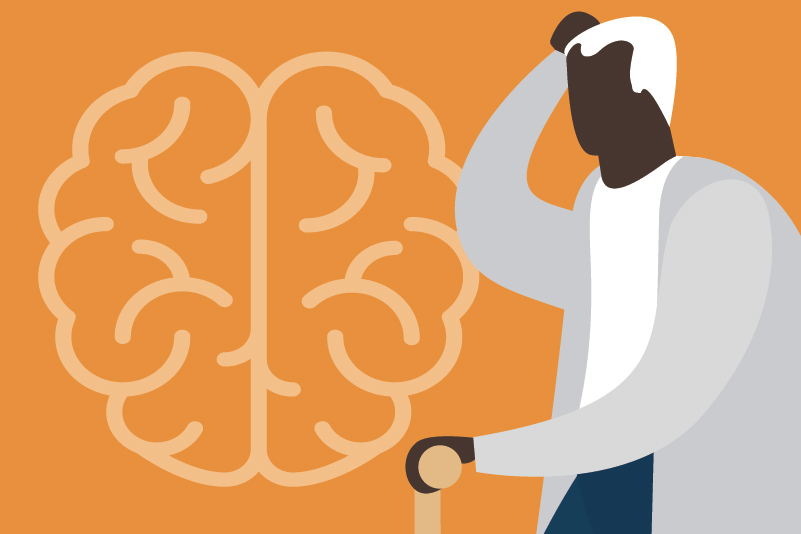#4 Bell’s Palsy: What to Do and What Not to Do?

Reading Tools for Practice Article can earn you MainPro+ Credits
Join NowAlready a CFPCLearn Member? Log in
- Cochrane review1 of seven Randomized Controlled Trials (RCTs) including 895 patients comparing corticosteroids to placebo or no treatment.
- Satisfactory recovery at >6 months: Corticosteroids 83% versus no corticosteroid 72%, Number Needed to Treat (NNT)=10.
- Meta-analysis2 of 10 RCTs including 2,419 patients comparing addition of antivirals (+/- corticosteroids) to placebo or no antiviral.
- No statistically significant difference in complete recovery: Antivirals 70.6%, no antiviral 68.7%.
- No benefit in severe Bell’s palsy and in patients also receiving corticosteroids.
- Satisfactory recovery: Antivirals 79.5% versus no antiviral 74.6%, NNT=21
- Results not statistically significant when excluding trials at high risk of bias.
- No statistically significant difference in complete recovery: Antivirals 70.6%, no antiviral 68.7%.
- Cochrane review3 of 10 RCTs of 2,280 patients found that adding antivirals to corticosteroids increased likelihood of complete recovery, but:
- Inappropriately included “satisfactory but incomplete recovery” (House-Brackmann grade 2) as complete recovery.
- Limitations: Only one RCT at low risk of bias, efficacy exaggerated in smaller, lower-quality studies; selective outcome reporting.
- Other meta-analyses found similar conclusions for corticosteroid efficacy4 and antiviral inefficacy.5
- Consistent with results of two highest-quality trials.6,7
- Canadian Bell’s palsy guidelines8 recommend:
- Corticosteroids for all patients with Bell’s palsy.
- Against using antivirals alone, or adding to corticosteroids for mild-moderate Bell’s palsy.
- Considering adding antivirals to corticosteroids for severe Bell’s palsy (based on older meta-analysis4).
- Corticosteroid doses in two high-quality trials:
- Prednisolone 25 mg BID x10 days.6
- Prednisolone 60 mg/day x5 days, then tapered by 10 mg/day.7
- Dose of prednisone = prednisolone.







 Complete Activity
Complete Activity
This evidence confirms my practice. I do not prescribe antivirals for Bell’s palsy.
use this as part of informed discussion with patients